Here you can identify European and (some) non-European beetles or bugs. As well as photos of beetles and their larvae, you will also find pictures of insects that, at first glance, only appear to be beetles.
Beetles & Bugs
What are beetles and bugs?
Some beetles and bugs look similar, and what they have in common is that they belong to the class of insects. But they are not closely related. Bugs are classified in the order Hemiptera. The beetles form a separate order with the zoological name Coleoptera.
What they have in common is that there are both herbivorous and carnivorous species of beetles and bugs. Some bugs inject their prey with a paralysing poison and then suck them dry.
They can also colonise similar habitats. The native backswimmer (Notonecta glauca) lives in ponds, pools and lakes and can occasionally be seen in water barrels. It shares these habitats with the yellow blister beetle (Dytiscus marginalis). Both species are predators.
The largest European beetle is probably the stag beetle. Males can grow up to eight centimetres long. The largest european bug, the water scorpion (Nepa cinerea), is much smaller. It grows to just 2.5 centimetres long.
Popular beetles here include the cockchafers and the ladybirds.
One of the most popular bugs is the fire bug (Pyrrhocoris apterus), which can be found in many gardens.
Both beetles and bugs include species that can produce a defensive secretion when threatened. Anyone who has ever had a ladybird on their hand will be familiar with this, in the form of a small, dark yellow drop that looks like urine.
Because their defensive secretions are said to smell bad, some tree bugs are also called stink bugs.
I write “smell” because they probably only use this weapon when they feel extremely threatened. I have not yet been able to observe or smell them. Although I have released many tree bugs back into the wild from my summer house or apartment. I catch them either with an aquarium net or a jar.
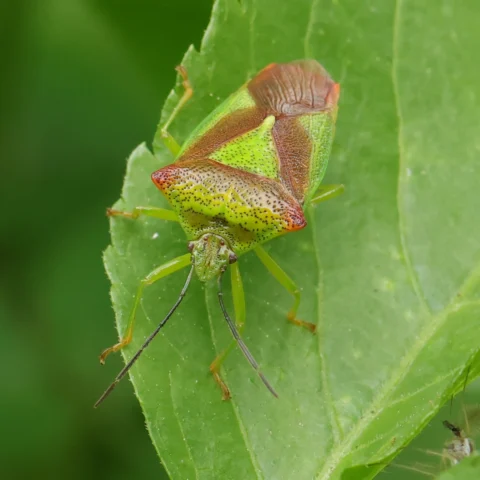 Acanthosoma haemorrhoidale
Acanthosoma haemorrhoidale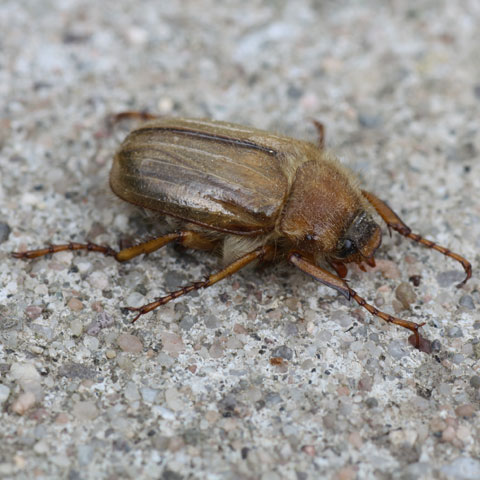 Amphimallon solstitiale
Amphimallon solstitiale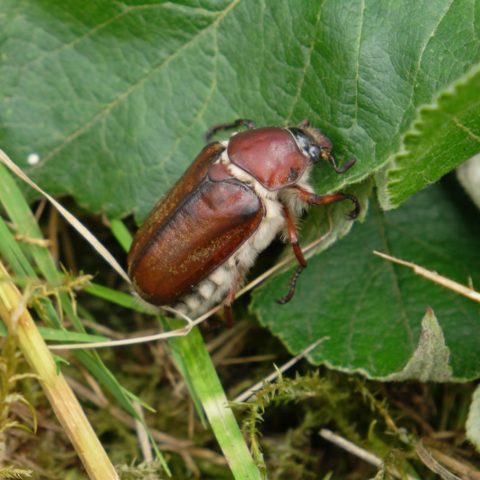 Anoxia villosa
Anoxia villosa Asparagus beetle
Asparagus beetle Bee-eating beetle
Bee-eating beetle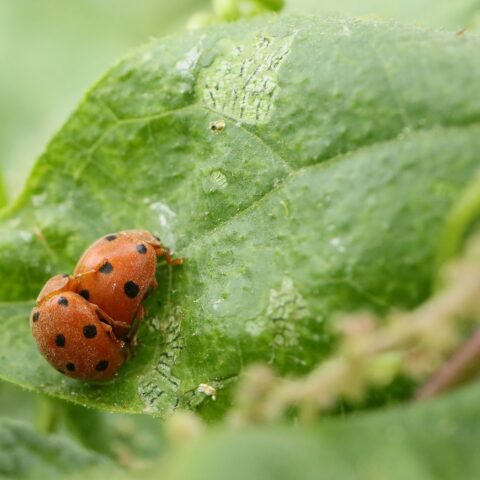 Bryony Ladybird
Bryony Ladybird Byturus ochraceus
Byturus ochraceus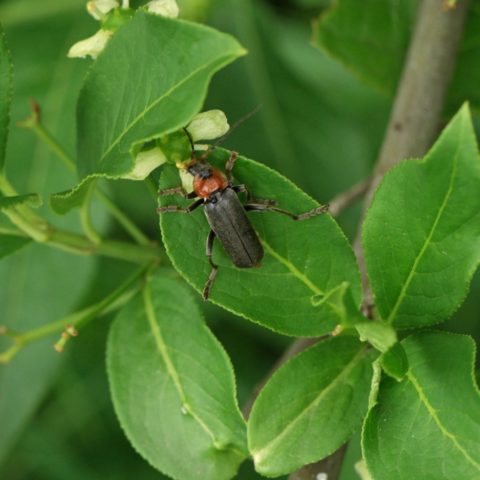 Cantharis fusca
Cantharis fusca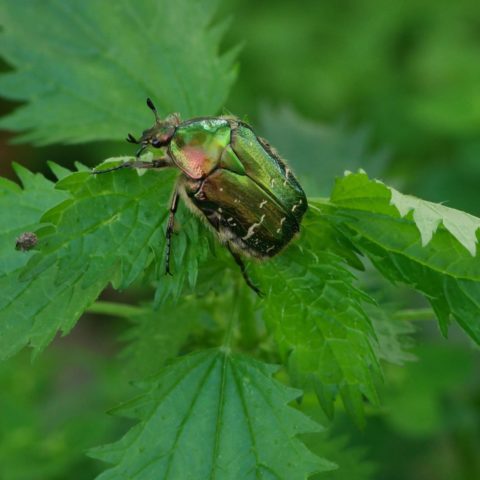 Cetonia aurata
Cetonia aurata Clytra laeviuscula
Clytra laeviuscula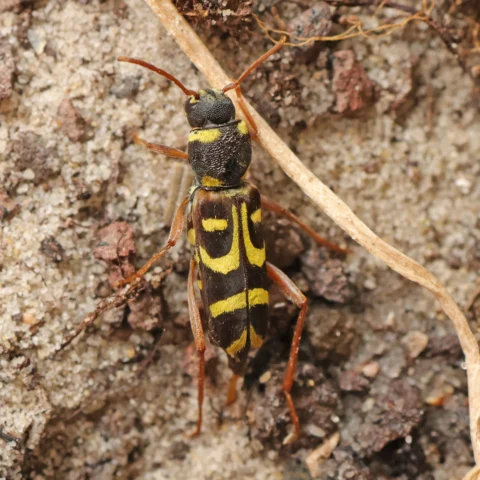 Clytus arietis
Clytus arietis Coccinella septempunctata
Coccinella septempunctata Dorcus parallelipipedus
Dorcus parallelipipedus Ectobius vittiventris
Ectobius vittiventris Eurydema oleracea (larval form)
Eurydema oleracea (larval form)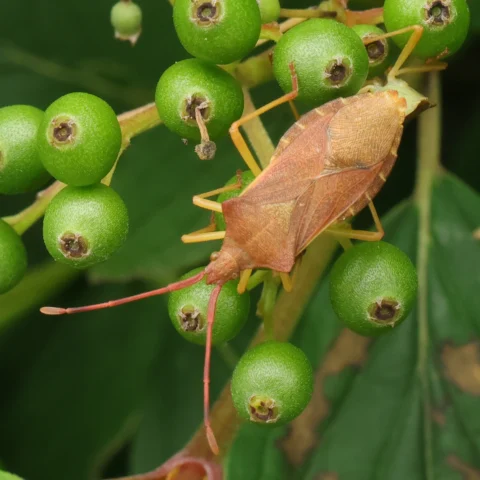 Gonocerus acuteangulatus
Gonocerus acuteangulatus Graphosoma lineatum
Graphosoma lineatum Hairy Rose Beetle
Hairy Rose Beetle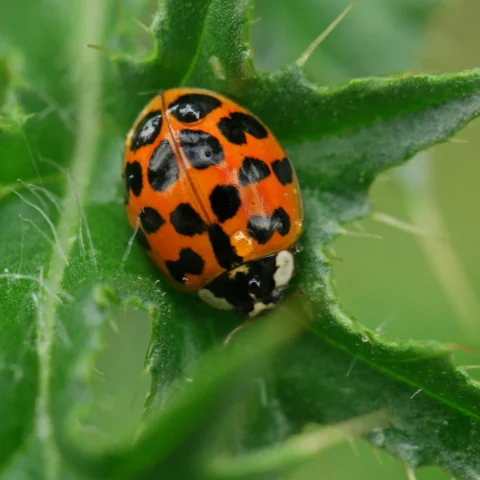 Harmonia axyridis
Harmonia axyridis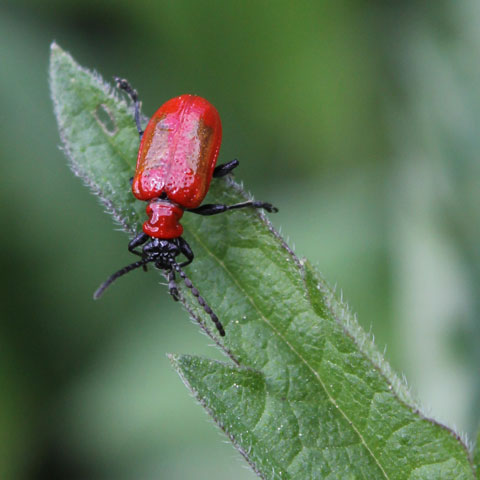 Lilioceris lilii
Lilioceris lilii Lucanus cervus ♀
Lucanus cervus ♀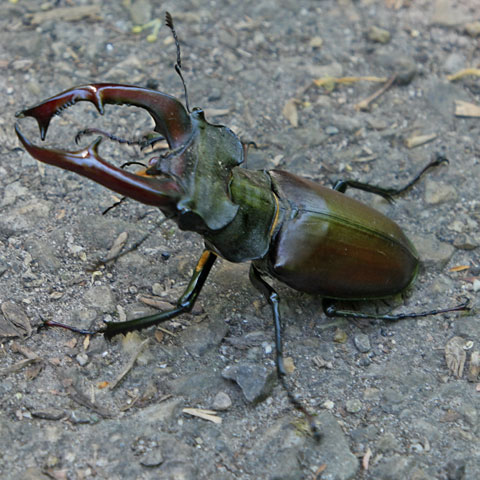 Lucanus cervus ♂
Lucanus cervus ♂ Lygus pratensis
Lygus pratensis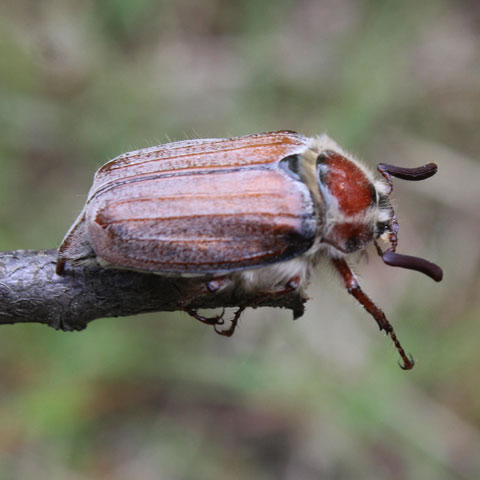 Melolontha hippocastani
Melolontha hippocastani Nezara viridula (larval form)
Nezara viridula (larval form)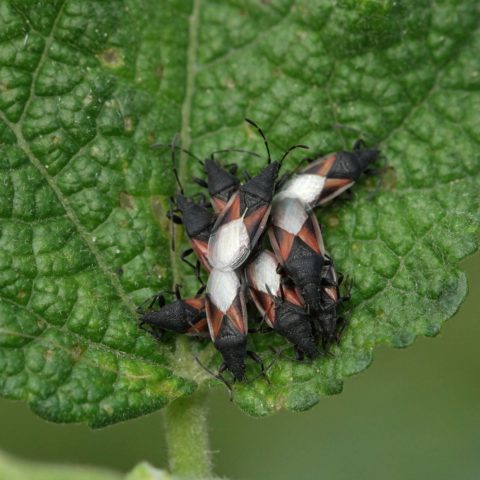 Oxycarenus lavaterae
Oxycarenus lavaterae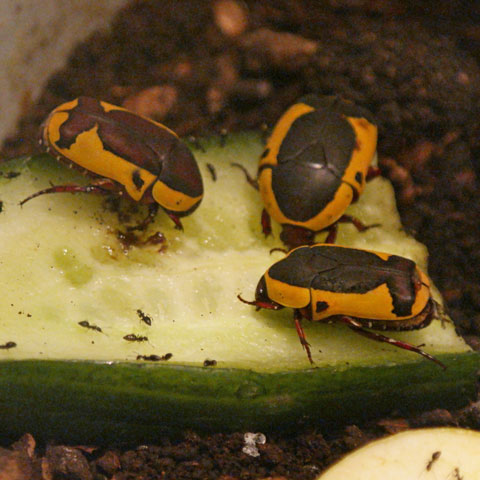 Pachnoda ephippiata
Pachnoda ephippiata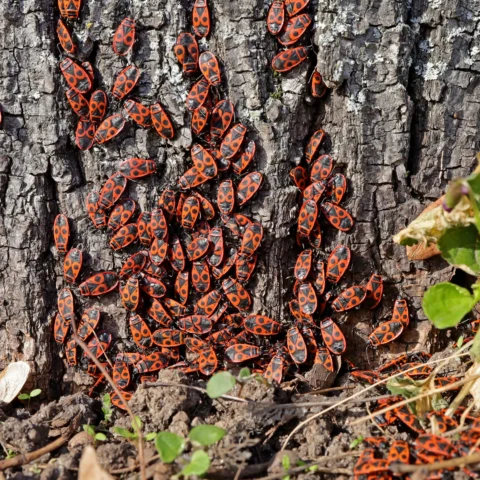 Pyrrhocoris apterus
Pyrrhocoris apterus Red-and-black Froghopper
Red-and-black Froghopper Rhagonycha fulva
Rhagonycha fulva Southern Green Shield Bug
Southern Green Shield Bug Tenebrio molitor (larval form)
Tenebrio molitor (larval form) Trichius fasciatus
Trichius fasciatus Tritomegas sexmaculatus
Tritomegas sexmaculatus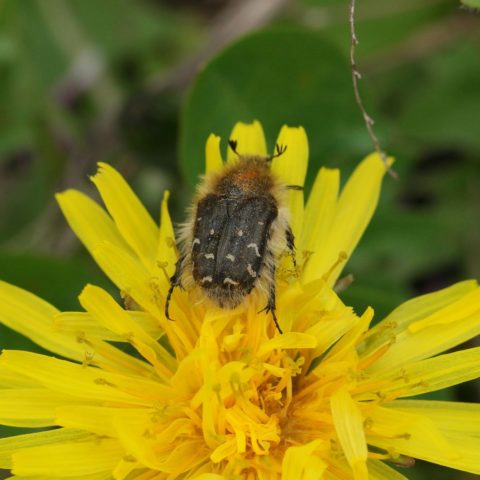 Tropinota hirta
Tropinota hirta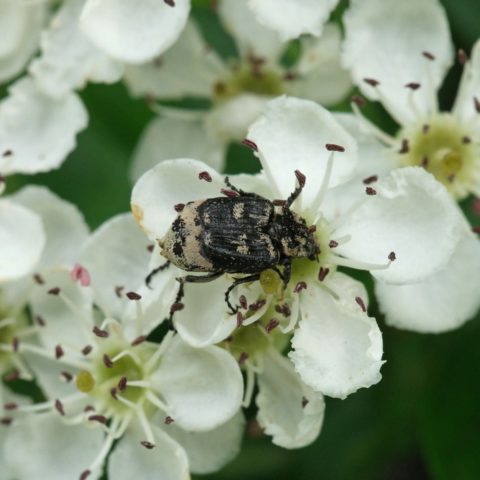 Valgus hemipterus ♂
Valgus hemipterus ♂